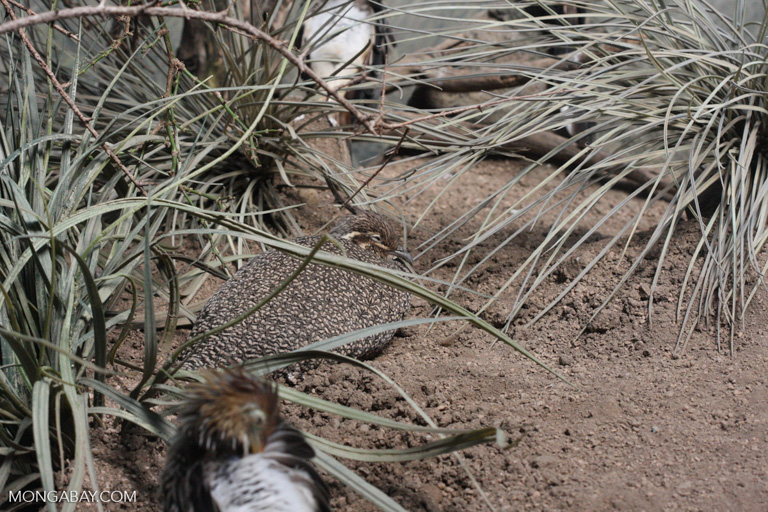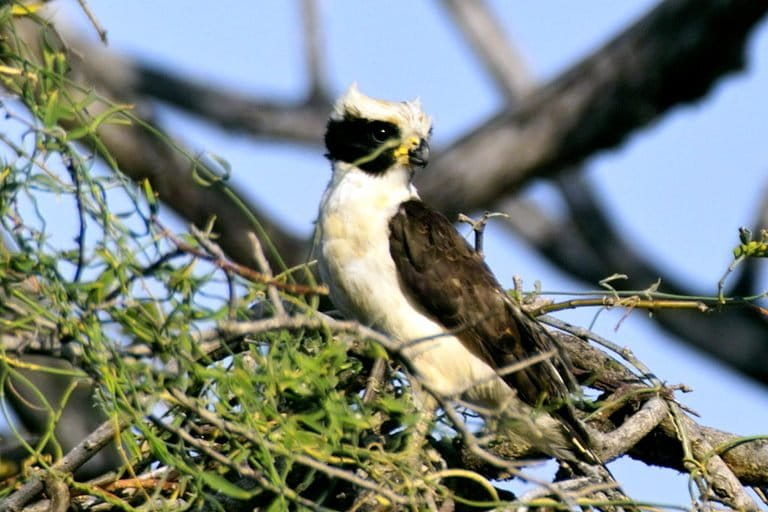- A team of scientists from Sweden and the United States found that more bird species inhabit stable climates.
- The finding runs counter the hypothesis that a changing climate induces the evolution of species.
- That could mean that these bird species will be less adapted to upticks in temperature as part of current climate change.
- But the stability of these climates could also protect the species living there since they’re not expected to warm as much as more seasonal areas.
Stable climates tend to have more bird species, according to new research.
There’s a widespread notion that climate change encourages the proliferation of new animal species. But ecologist Roland Jansson of Umea University in Sweden suspected that stability in tropical climates, when compared with those toward the poles, might help explain why more bird species live closer to the equator.
Jansson and his colleagues decided to look at how local climates over the past several million years, as well as other variables such as topography, affected the rates that new species of birds appeared. They looked at birds that inhabit climatically stable areas in both tropical South America and temperate North America, as well as species with “transtropical” ranges. In doing so, they controlled for each spot’s latitude — that is, where sites are located in relation to the North and South poles — so they could home in on the impact of how much each locale’s temperature had or hadn’t changed.

Then they compared the groups of birds present in those stable climates with their close relatives — known as “sister clades” — living in more climatically dynamic places. It turns out that the less-wavering climates gave way to more bird species than the areas with more seasonal variation. Jansson and his colleagues report their findings in this month’s edition of the journal Ecology Letters.
Amphibians, mammals and reptiles, though not the subjects of this study, might show a similar pattern of greater speciation in stable spots, Jansson said in an email to Mongabay, “or even stronger relationships, given that birds are more dispersible and should be less affected by barriers when responding to climate change.”
Based on this research, it’s difficult to tell if the seasonality actually causes the development of new species, or whether it’s just correlated. “Areas with large seasonal variation could be less suitable to diversification for other reasons than seasonal variation,” he said.

One explanation supporting a climate’s role in leading to more bird species might be that a steadier climate allows birds to diversify into more highly specialized forms, the authors write.
It may also be too early to tell just how birds, as well as other animals, will respond to the current escalation in global temperatures. This isn’t the first time the Earth has experienced a change in climate, Jansson said, but today’s warming trend will be more than what a lot of species have ever been subjected to.
“The big unknown here is the tolerance of species to climatic conditions beyond what they experience within their present geographic ranges,” he added.

That might put those specialized species at risk if they’re unable to adapt to warmer temperatures. But their ranges might also provide a buffer to those changes since climate scientists predict that more stable areas won’t see the same spikes in temperatures that more seasonal spots will.
“The good news is that some species are more tolerant than we think,” Jansson said. “The bad news is that it is difficult to single out the intolerant ones.”
CITATIONS
Rodríguez‐Castañeda, G., Hof, A. R., & Jansson, R. (2017). How bird clades diversify in response to climatic and geographic factors. Ecology Letters.
Banner image of an American harpy eagle (Harpia harpyja), pictured in Belize, by Rhett A. Butler / Mongabay.
FEEDBACK: Use this form to send a message to the author of this post. If you want to post a public comment, you can do that at the bottom of the page.
Follow John Cannon on Twitter: @johnccannon
